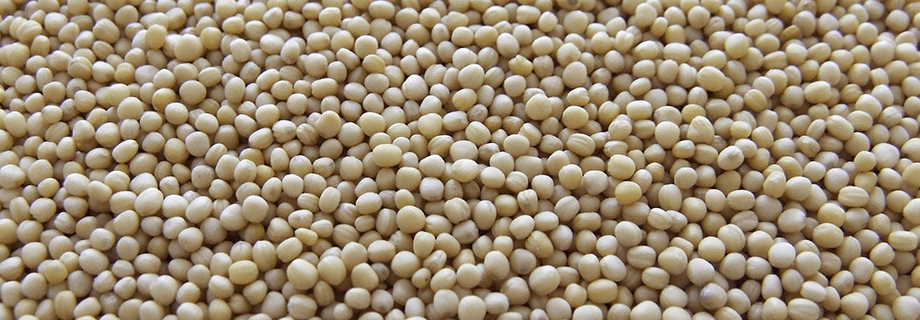Important Parameters for Pressing Soybeans – Part I

The process of pressing oil from soybeans appears at first glance to be a pretty simple process: you extrude the soybeans and run it through an oil press. However, there are many parameters that affect the efficiency of the process.
The goal is to extract as much oil as possible from the soybeans, which leaves you with two sellable products – oil and soybean meal. The oil is the target product, and if the equipment is not run properly and other parameters are ignored, it will cut into your profits pretty quickly. In this blog post, I’m going to discuss two important parameters to monitor to maximize oil yield (moisture and steam removal). My next blog post will highlight the final two parameters.
Soybeans – Parameters to monitor:
- Moisture– the moisture level in the pre-extruded soybean can vary widely. New crop beans can be 15% to 16% moisture, while old crops can be 7% to 8%. The oil press works best with dryer product, typically 5% moisture or less is desired. Additional moisture, combined with the oil that has been freed up by cell rupture during extrusion, acts as a lubricant in the oil press. This in turn reduces the pressure the meal is exposed to in the press, which results in reduced oil yield.The extrusion process is used to rupture the oil cell, making for easier extraction. It also partially dehydrates the soy, which enhances the process. Extrusion will drop the moisture content by 45% to 50%. So what this all means is that the raw soy going into the extruder should be 9% to 10% moisture to optimize the oil yield.
- Steam removal– extrusion of soy is a violent thing. The soy is put under tremendous press and friction. When it exits the extruder and is exposed to ambient atmosphere, there is an explosion, down to the molecular scale. Oil cells are ruptured, and the moisture and the bean is released in the form of steam.Since moisture is bad for pressing, it’s a good idea to remove as much steam as possible before the extrudate enters the press. This starts at the extruder outlet. Some kind of exhaust should be used to separate steam from meal as it exits the extruder.Next, the conveyor from the extruder to the press should at the very least, be vented to allow steam to escape. The best case is to have a small plenum over the top of the conveyor with a fan that can produce negative pressure, removing as much steam as possible, without cooling the meal before it enters the press.
In my next blog post, I will discuss the other two parameters (temperature and feed rate).

